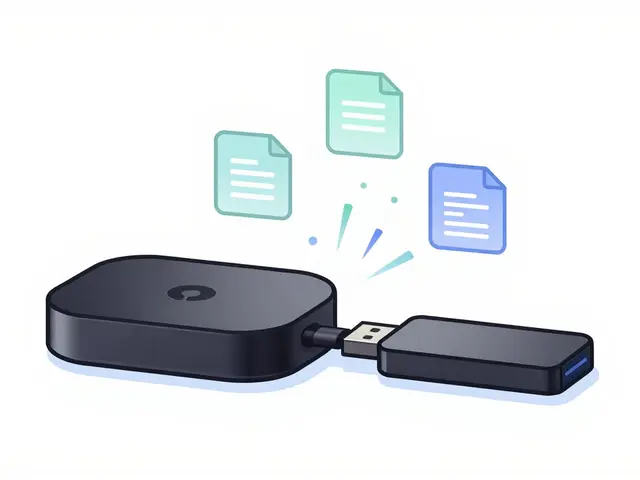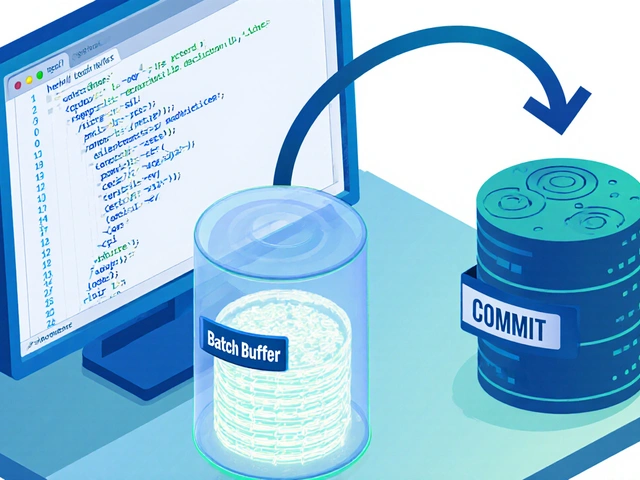Transaction Aggregation: How Batching Improves Database Performance
When you hear transaction aggregation, the process of combining multiple database operations into a single unit to improve efficiency. Also known as transaction batching, it’s what keeps apps fast even when hundreds of users are saving data at once. Think of it like sending one truck with ten packages instead of ten trucks with one package each. It saves time, fuel, and resources. Without it, every click, purchase, or update would hit the database individually—slowing everything to a crawl.
This isn’t just about speed. ACID compliance, a set of rules ensuring database reliability: Atomicity, Consistency, Isolation, Durability still has to hold up. Good transaction aggregation doesn’t cut corners—it groups operations while keeping each one fully reliable. If one part fails, the whole batch rolls back. That’s why systems like banking apps, e-commerce platforms, and even your favorite streaming service rely on it behind the scenes.
It’s also closely tied to batch processing, running groups of tasks together at scheduled times instead of one by one. While transaction aggregation happens in real time during user activity, batch processing often runs overnight to clean up logs, update reports, or sync data across systems. Both are about reducing overhead—but they serve different parts of the same goal: make systems faster without breaking them.
You’ll find this in posts about database tuning, video platform backends, and even how Netflix handles millions of watch logs every minute. It’s not flashy, but it’s essential. Without transaction aggregation, your favorite apps would lag, crash, or worse—lose your data. The posts below break down how it works in practice, what tools use it, and how to spot when it’s being done right—or badly. Whether you’re managing a small database or scaling a video platform, understanding this will save you time, money, and headaches.
5
What Is a Rollup Aggregator? Simple Explanation for Blockchain Users
A rollup aggregator bundles hundreds of blockchain transactions into one to cut costs and speed up processing. It’s how Ethereum scales without losing security - saving users money and making DeFi usable.
Latest Posts
Popular Posts
-
 Best Horror Movies on Streaming Services Right Now
Best Horror Movies on Streaming Services Right Now
-
 Custom DNS for Streaming: Can Switching DNS Improve Video Start Times?
Custom DNS for Streaming: Can Switching DNS Improve Video Start Times?
-
 How to Find All Your Streaming Subscriptions and Stop Overpaying
How to Find All Your Streaming Subscriptions and Stop Overpaying
-
 App Layout Strategies: Organize Streaming Services by Genre and Use
App Layout Strategies: Organize Streaming Services by Genre and Use
-
 How to Expand Storage on Fire TV with USB Drives and Manage Apps Better
How to Expand Storage on Fire TV with USB Drives and Manage Apps Better



